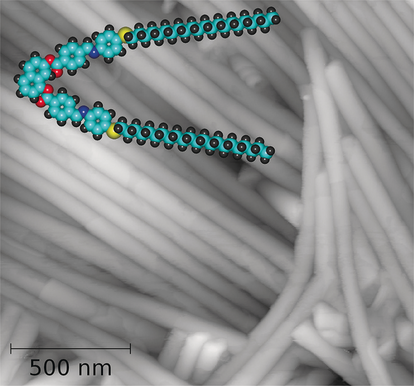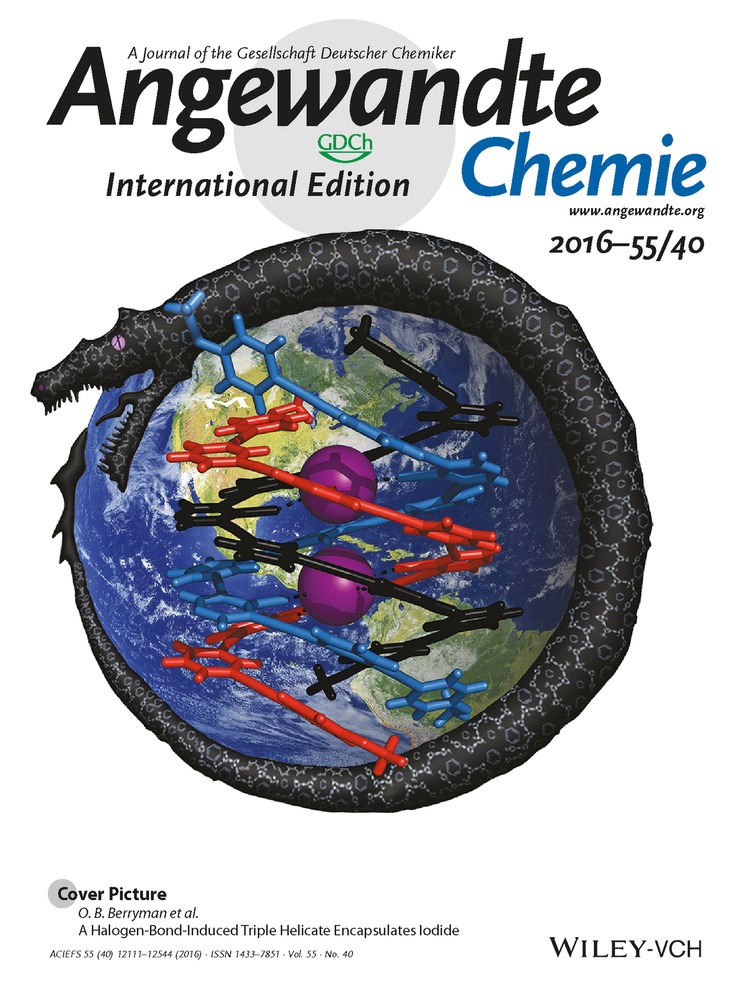From Sponges to Nanotubes: A Change of Nanocrystal Morphology for Acute-Angle Bent-Core Molecules
Graphical Abstract
Abstract
The crystalline (B4) phase made of acute-angle bent-core molecules (1,7-naphthalene derivatives), which exhibits an unusual, highly porous sponge-like morphology, is presented. However, if grown in the presence of low-weight mesogenic molecules, the same crystal forms nanotubes with a very high aspect ratio. The nanotubes become unstable upon increasing the amount of dopant molecules, and the sponge-like morphology reappears. The phase is optically active, and the optical activity is an order of magnitude smaller than in the B4 phase made of conventional bent-core molecules. The optical activity is related to the spatial inhomogeneity of the layered structure and is reduced due to the low apex angle and low tilt of the molecules. The arrangement of molecules within the layers was deduced from the bathochromic absorption shift in the B4 phase.





